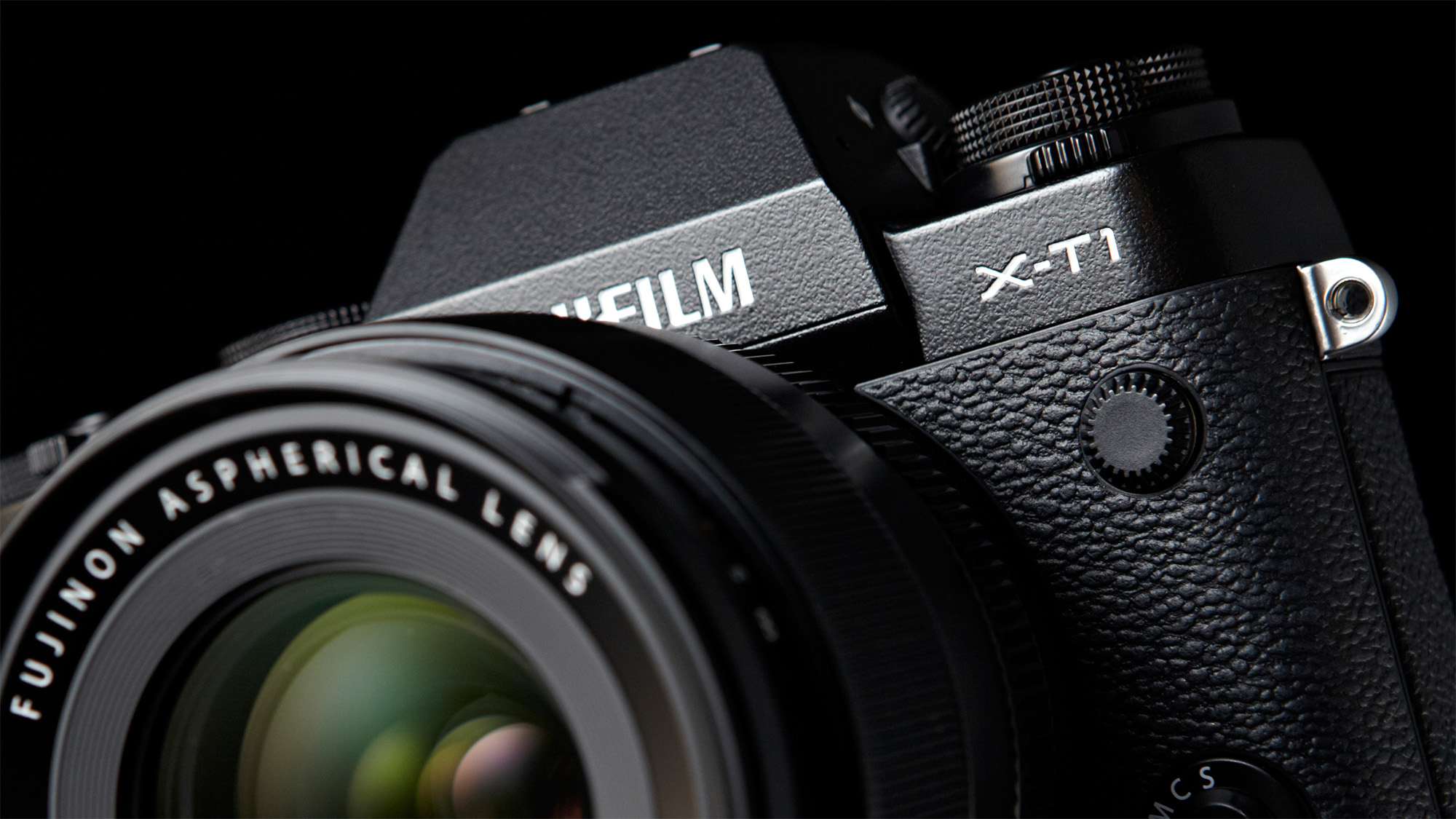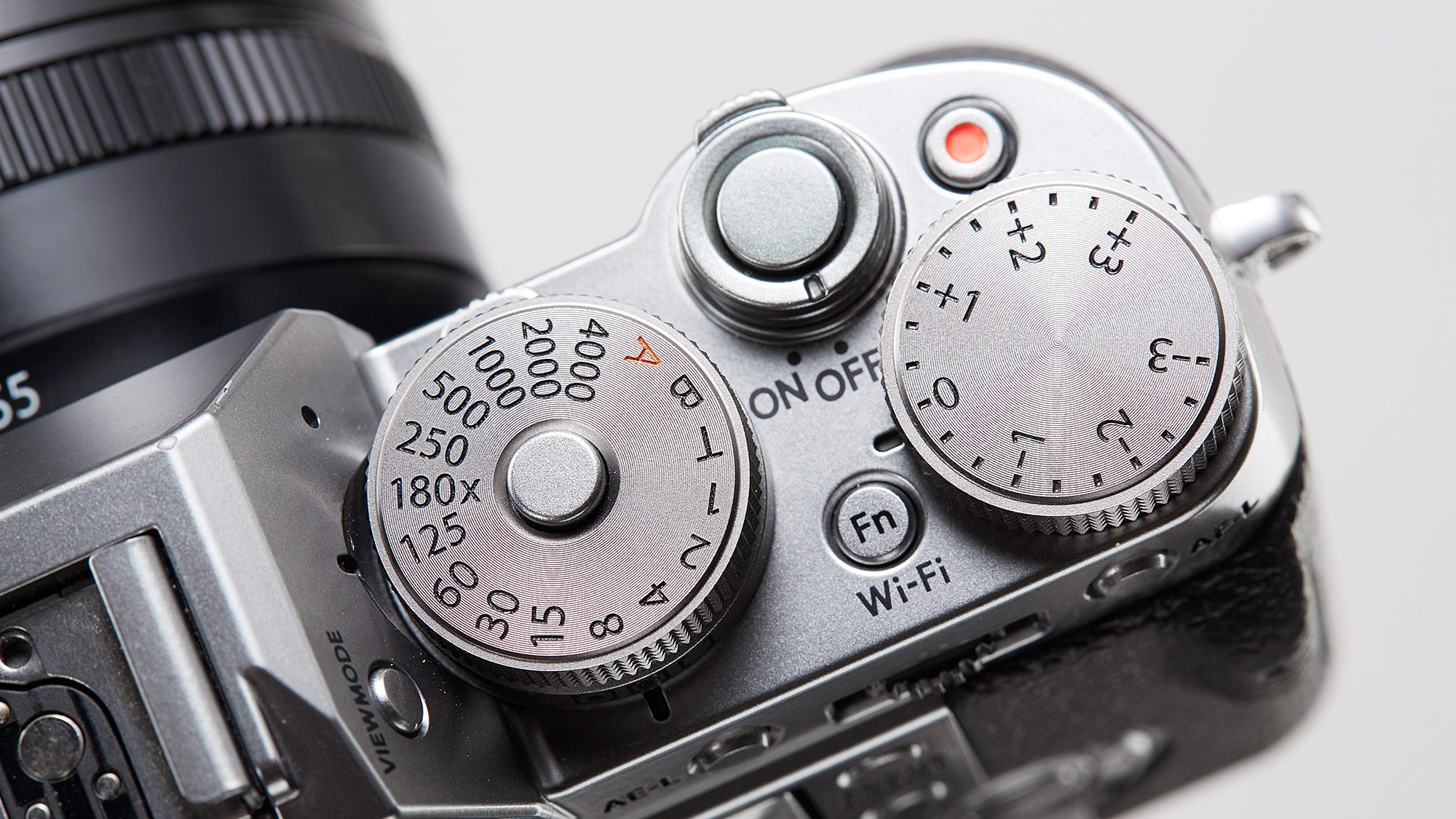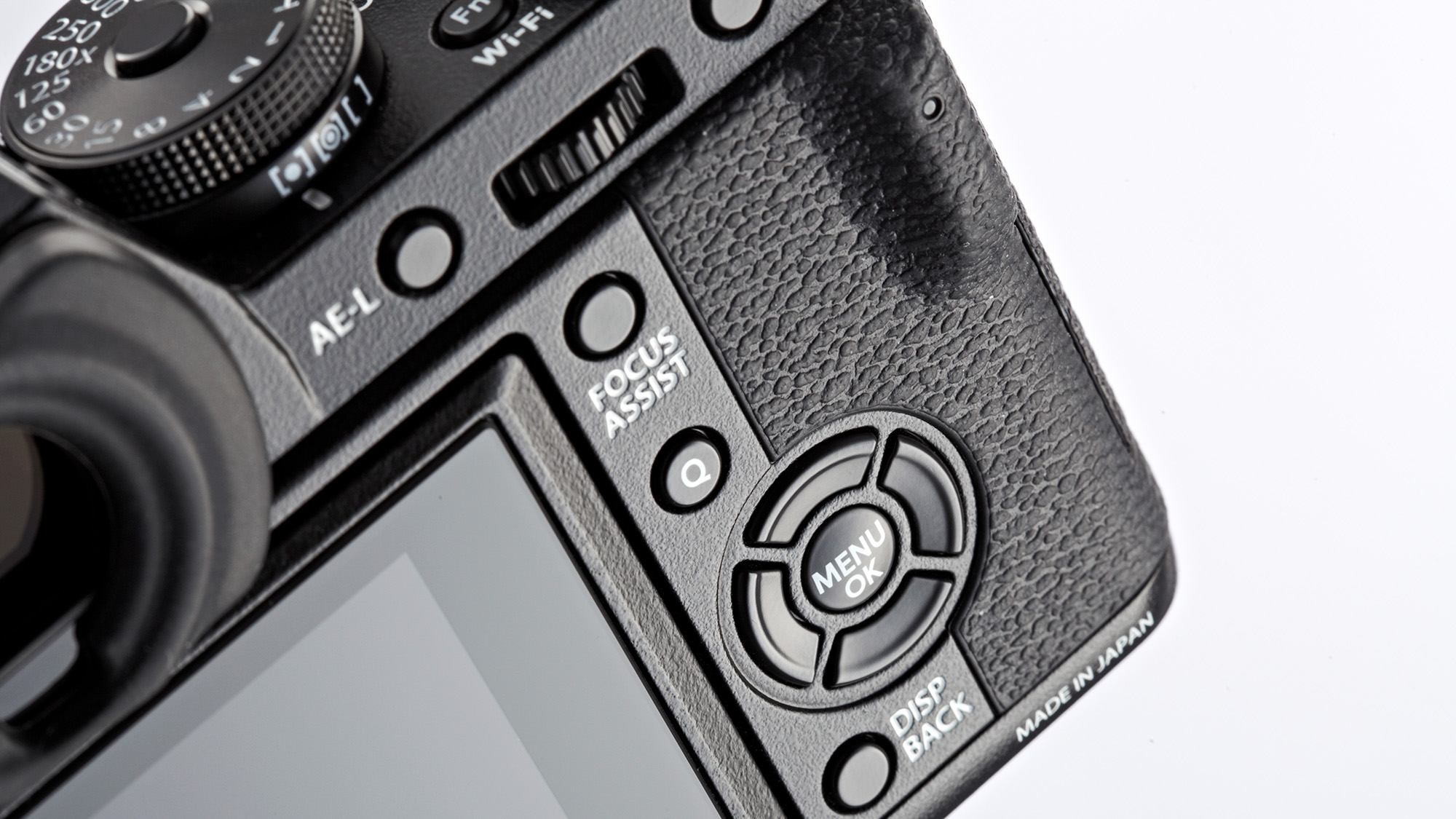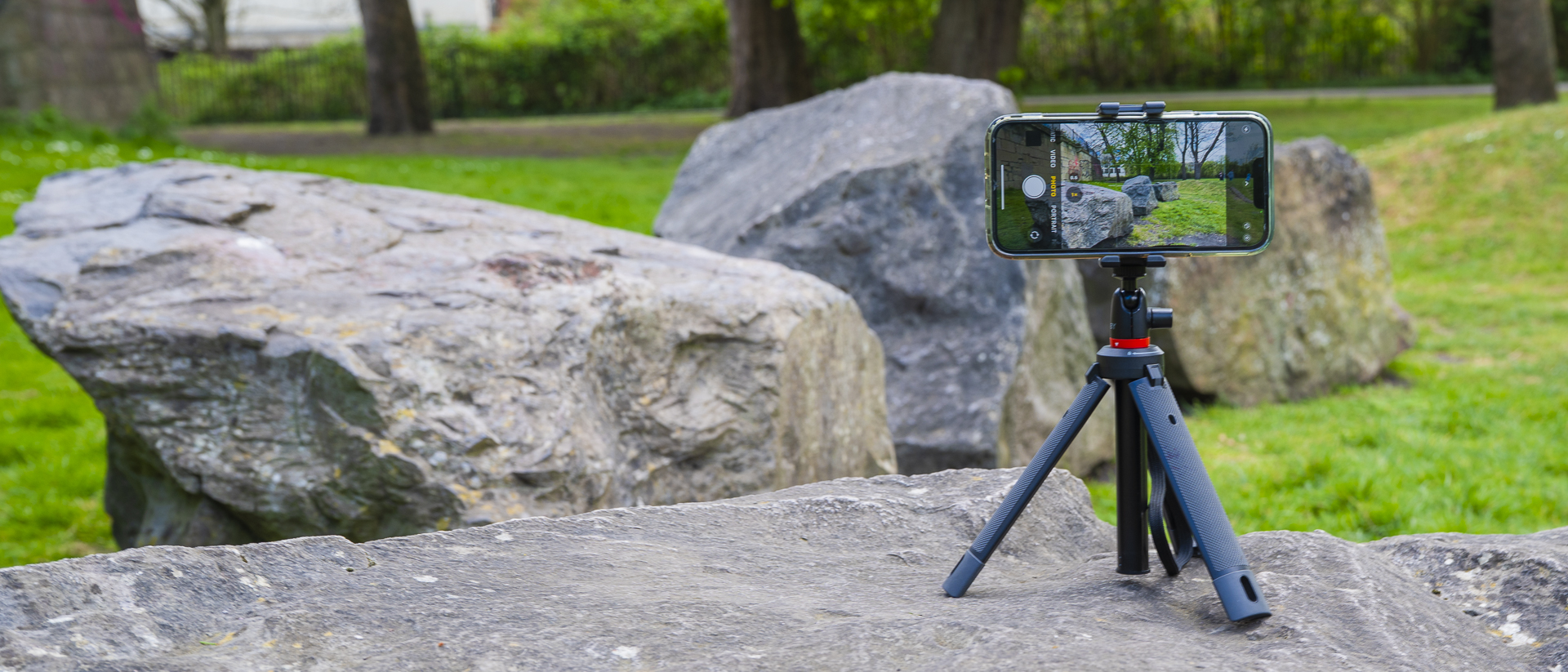Remember the Fujifilm X-T1? Maybe it's the perfect stopgap while I wait for my X100VI...
I’ve been hankering for a Fujifilm X100VI since its release, so why the heck am I considering picking up a Fujifilm X-T1?

The Fujifilm X-T1 was released way back in 2014 and is a bit of a hidden gem. In fact, I think it’s one of the best Fujifilm cameras. Here’s why…
I don’t own a Fujifilm camera, but I’ve had a huge hankering for one over the past couple of years. And I’m well aware it’s due to a phenomenon I like to call Fujimania. That’s right, ever since TikTok – sore subject – skyrocketed the popularity of the Fujifilm X100V, the camera industry has become a bit of a Fujifest. And things only got Fujier with the release of the Fujifilm X100VI, a camera so popular, it’s spent most of its post-release lifetime on backorder.
I can only assume that TikTokers hellbent on acquiring the ‘it camera’ started buying up anything and everything Fujifilm when they couldn’t get their hands on the X100V or X100VI. This inflated the used market and the X100 series was hit hardest. I’ve seen a used X100 (the OG) for $674/£624 on a reputable retailer's website. Nearly $700 for a used 12.3MP compact camera from 2011 is flippin’ insane!
Honestly, you’re probably better off waiting for the X100VI to come back into stock than paying that amount for a camera that’s now extremely outdated. But what if you want a camera now? Well, you could pick up a stopgap. That’s where the Fujifilm X-T1 comes in.
Why the Fujifilm X-T1 is still S-tier

The Fujifilm X-T1 was launched in 2014. It has a 16MP, APS-C sensor, a 49-point contrast AF system, and full HD video. Nowadays, these aren’t fantastic specs. However, I’m talking stills photography here, so the outdated video doesn’t matter and while this isn’t the camera I’d recommend for the fast AF required for sports or wildlife, I wouldn’t want to use the X100VI for that either. And while 16MP might sound small, it can still produce roughly 16 by 10in prints and is more than enough for online usage.
Where the Fujifilm X-T1 still excels is its small form factor, image quality, bright EVF, comfortable physical controls, and rock-solid build quality. This was a near-pro-grade camera in its day and thus features a very robust build quality with weather sealing and a magnesium-alloy body.
And better yet, is the price. I’m sure Fujifilm’s popularity has inflated the price of the X-T1, too, but I’ve seen good examples for well under $500 in the US and under £300 in the UK. Obviously, you need to factor in a lens, but you’re getting a heck of a lot of camera for those prices.
Get the Digital Camera World Newsletter
The best camera deals, reviews, product advice, and unmissable photography news, direct to your inbox!

What’s more, unlike the X100VI series, this is an interchangeable-lens camera. Meaning, you can upgrade it with your choice of lenses. It also means it’s different enough from the X100VI that, should you plump for the world’s favorite compact when it’s back in stock, you’ll have two very different cameras and could very well enjoy plenty of usage out of both.
In reality, I’d recommend any one of the X-T series Fujifilm cameras. There’s an argument that the Fujifilm X-T3 is the best bang for your buck, but if you’re just looking for a stopgap, the X-T1 fits the bill. And if you fall in love with this incredible camera, perhaps the X100VI will pass you by entirely. After all, the latest camera in the X-T range, the Fujifilm X-T5 is the same price, but spec-wise, it knocks the X100VI out of the water.
You may also like...
If you just can't get enough of that classic style, check out the best retro cameras. If you're wondering what lenses to pair with your new camera, take a look at the best Fujifilm lenses. And if you'd like to try an alternative to the FujifilmX-T1 from another manufacturer, I'd suggest the Nikon Zfc.

Mike is Digital Camera World's How To Editor. He has over a decade of experience, writing for some of the biggest specialist publications including Digital Camera, Digital Photographer and PhotoPlus: The Canon Magazine. Prior to DCW, Mike was Deputy Editor of N-Photo: The Nikon Magazine and Production Editor at Wex Photo Video, where he sharpened his skills in both the stills and videography spheres. While he's an avid motorsport photographer, his skills extend to every genre of photography – making him one of Digital Camera World's top tutors for techniques on cameras, lenses, tripods, filters and other imaging equipment – as well as sharing his expertise on shooting everything from portraits and landscapes to abstracts and architecture to wildlife and, yes, fast things going around race tracks...
